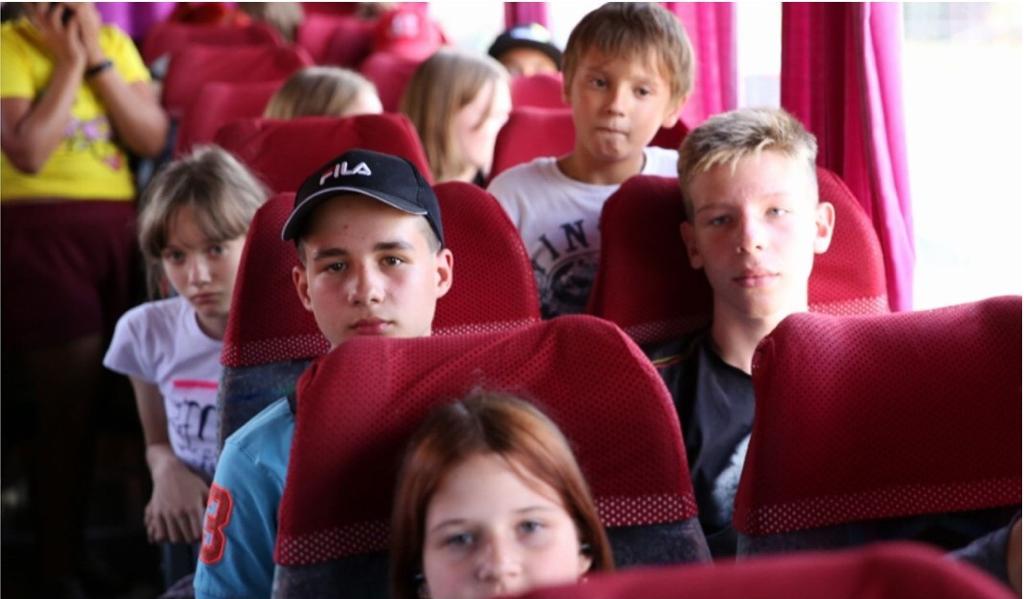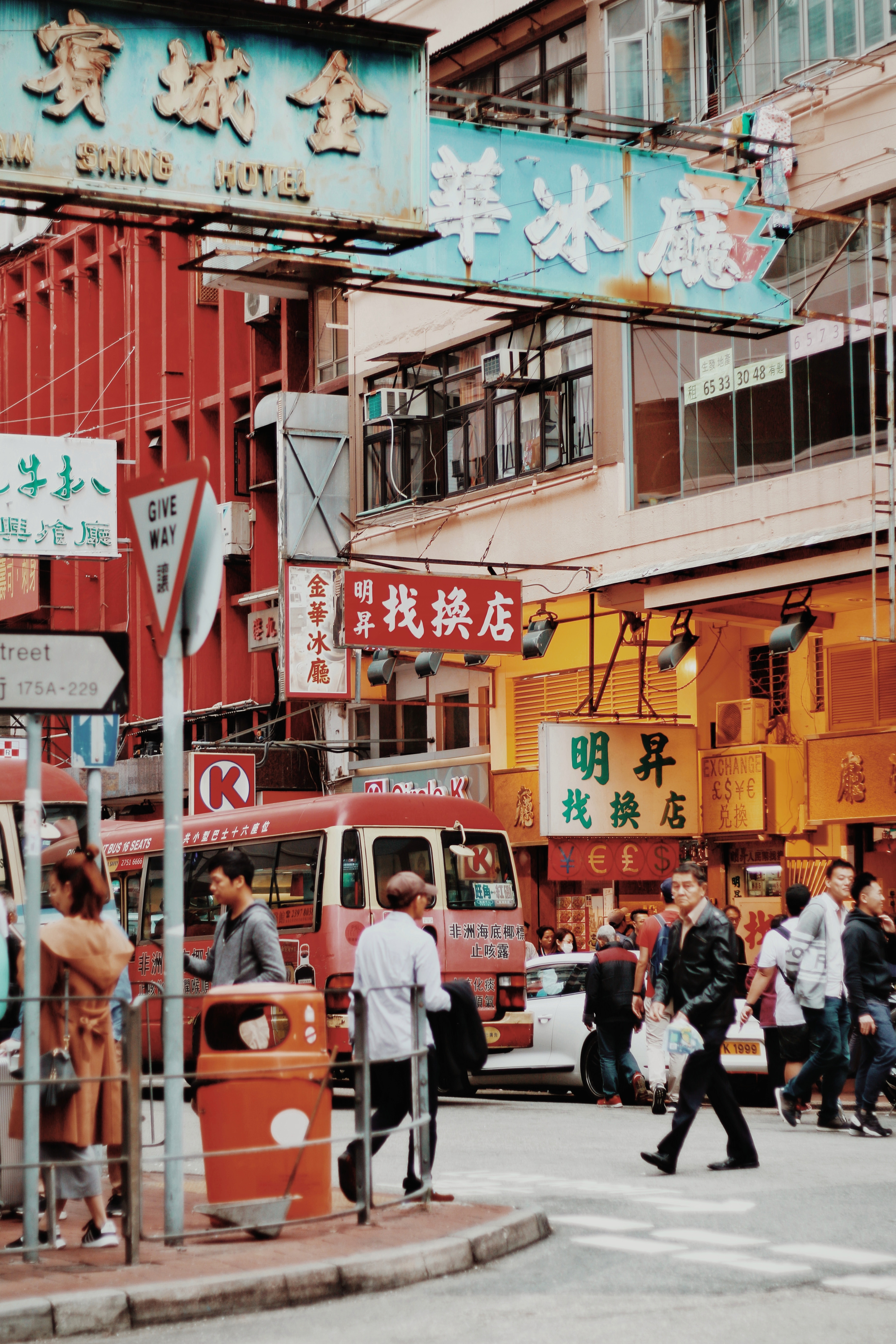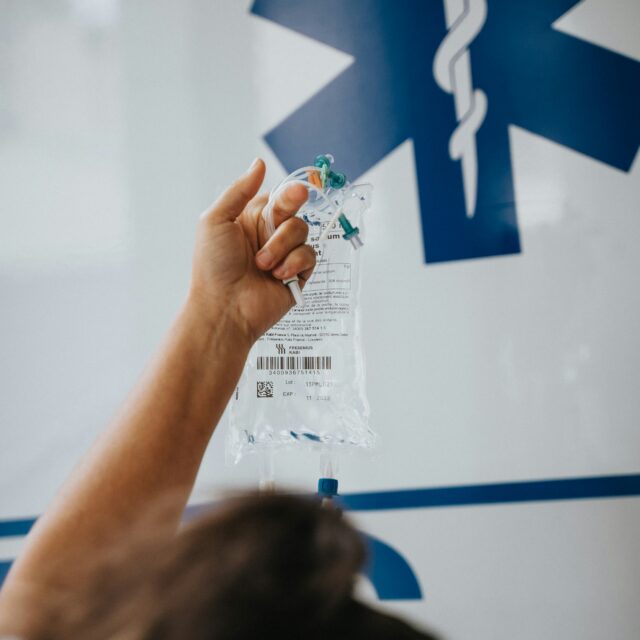According to official figures, since the beginning of the Russian war, as of 31 July 2023, 19,546 children have been deported from Ukraine to Russia. These are only those cases that were officially recorded – when a parent, guardian or witness of a child’s deportation reported it to the National Information Bureau of Ukraine.
For example, during the temporary occupation of Kharkiv region, Russians separated children from their parents and, under the pretext of “rehabilitation”, took them to the Medvezhonok children’s camp in the Russian city of Gelendzhik in August 2022. On 31 August, on the Kuban-24 website, Russian journalists did not hesitate to report that 300 children from the “liberated” districts of Kharkiv region had arrived at the Vedmedyk camp in the village of Kabardinka near Gelendzhik.
The occupation authorities took official consent from the parents to take their children to rehabilitation camps in Russia. But later, after the so-called ‘holidays’, they were not returned home. For example, about 200 children remained in a summer camp in the Krasnodar Krai after the summer and were enrolled in a local school in Gelendzhik, where children from Kharkiv region began to study the local school programme.
The Russian authorities take advantage of the vulnerability of parents and their desire to protect their children from shelling and the difficulties of life in the occupied territory by misleading them about the nature and duration of the so-called ‘holidays’. When the agreed period of stay comes to an end, it is usually extended without returning the children to their parents, citing security arguments such as the danger of shelling or their pro-Ukrainian views.
Despite the fact that sending children to the rest camps did not constitute forced displacement or deportation, the Russian occupation authorities’ continued prolongation of their stay in the camps without parental consent and the separation of families indicates signs of forcibly displaced or deported children.
When the media got there after the de-occupation of the Kharkiv region, information about the removal of children, allegedly for “rehabilitation”, came to light. It came to light from a Brussels-based journalist. He asked: “Do we know anything about Ukrainian children being in Gelendzhik?” After that, parents of deported children started sending letters.
Gathering together parents from thirty families, the international charity SOS Children’s Villages Ukraine, volunteers and government representatives began working to bring the children back to Ukraine. It was important to get the children out of the system, that is, out of the camp.
Unfortunately, neither relatives from Russia nor volunteer organisations were allowed to take the children, so the parents had to go on their own. In this way, the Russians hoped to keep some of the children, as not all parents were able to go to Russia.
On 9 October 2022, parents managed to take their children out of the camp. On the same day, the Ukrainian side managed to return another 37 children from the camp. The process involved the Ministry of Reintegration, the State Migration Service, SOS Children’s Villages Ukraine and carriers.
Also, children were taken to Gelendzhik from another Ukrainian city. The secretary of the Balakliya City Council, Olena Konovalova, said that 25 children were taken from the city of Balakliya, Kharkiv region, during the occupation. The parents of these children also trusted the temporary occupation authorities and sent them to Russian Gelendzhik for “rehabilitation”.
A police officer from the Kharkiv region who was involved in the search for the children said that 13 children from Kupiansk died during the evacuation attempt and several were injured. The children who were left without parents at the time were picked up by a local resident and taken to his home. Later, when the authorities found him, the children were handed over to their relatives. However, there were cases when orphans were taken to hospitals or boarding schools run by the occupation authorities. The fate of many is still unknown.
Daria Kasyanova, head of the SOS Children’s Villages charity, who was also involved in the process of returning the children, said that the occupiers had blocked any attempts by the Ukrainian authorities to organise a ‘green corridor’ for children from special institutions. According to her, there were constant negotiations about “green corridors” to release these children, but they were never agreed upon.
Ukrainian children are being taken to the occupied territories of Crimea, the ” LPR” and “DPR”, as well as to Russia. In the so-called camps and boarding schools, they tried to “re-educate” Ukrainian children. They were regularly told that “your parents do not need you” and “you have no future in Ukraine”. They were taught to hate their parents, then our state, and then to love Russia.
Children who were in the camps recall how they were forced to love Russia. Every morning they had to sing the Russian national anthem. Those who refused had to write an explanatory note. Ukrainian children were forbidden to talk about Ukraine. They were threatened to be sent to an orphanage.
Those children who resisted the “education” were taken to a separate room for a conversation, threatened with the basement, told that they would send those who were already 18 to the army, and the rest would be taken to the territory of the Russian Federation.
There were cases when they beat children for saying “Glory to Ukraine” and called them “khokhly”. And those who had any Ukrainian symbols (clothes with inscriptions, flags, etc.) were ordered to get rid of them. In addition, children had to draw pictures and write letters to the Russian military, and they were given marks at school for this. In case of refusal, they were intimidated by the FSB.
Children from the camps said that on New Year’s Eve they were forced to watch Putin’s greetings.
In addition to the educational programme, children were also influenced through sports, involving them in competitions under the Russian flag.
A long stay in the camp is a kind of Russification procedure. The curriculum at the schools is based on Russian standards, with Russian history and the Russian language. Also, “Conversations about Important Things” have been introduced there, during which children are told that Russia allegedly saved them from the “Nazis”. Children are told that the occupied territories have always been Russian.
Unfortunately, due to the very passive position of international organisations, in particular the International Committee of the Red Cross, it is impossible to record the exact number of our children and their location. Because the official figure is only verified information in cases where the child’s relatives or state authorities have reported the deportation. But there are also children who were deported by the Russians from boarding schools, from occupied towns and villages, from the destroyed Mariupol, whose disappearance is still unknown…
Children are the future of Ukraine. And that is why Russia is encroaching on young Ukrainians, trying to eradicate their love for the Motherland and instil in them a love of Russia.
That is why it is so important to shout about all these violations to the whole world and do everything possible to bring Ukrainian children home as soon as possible and bring the perpetrators to justice.




